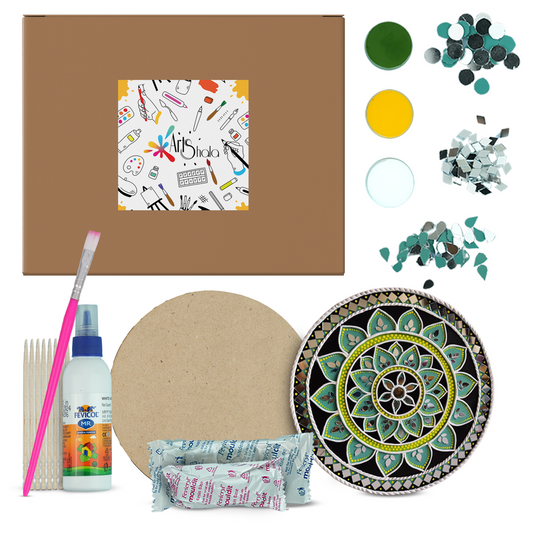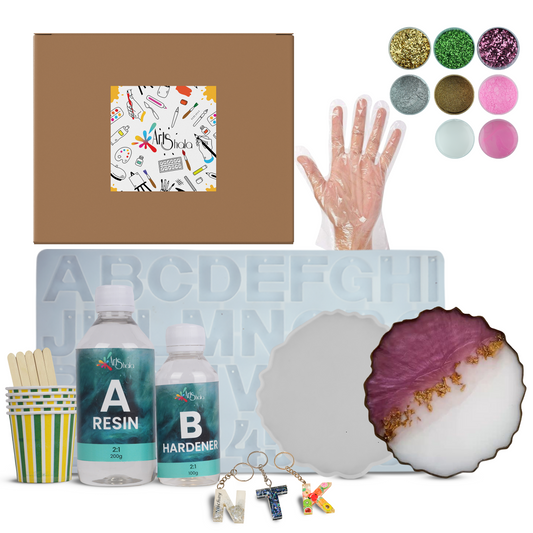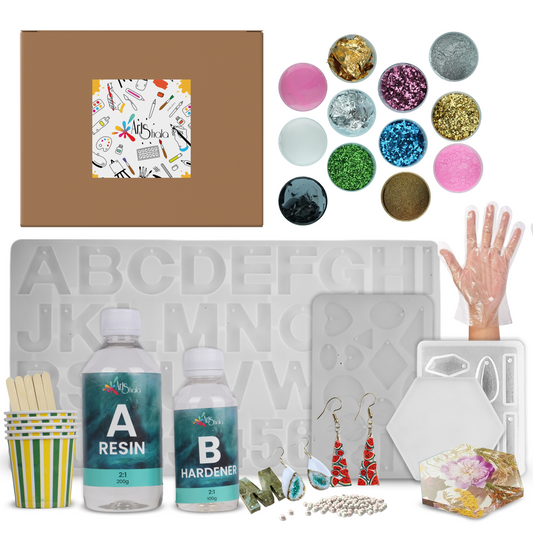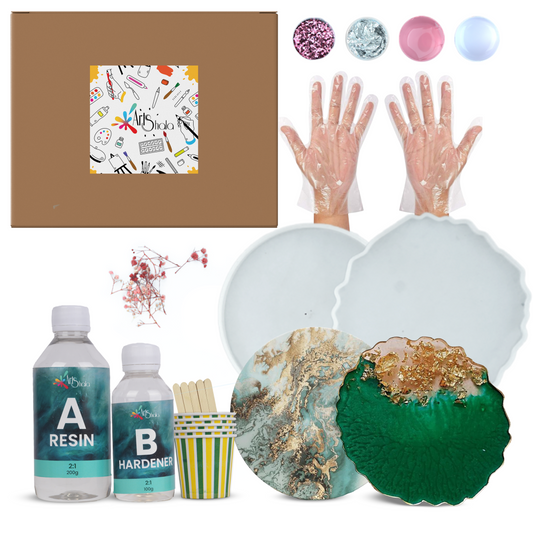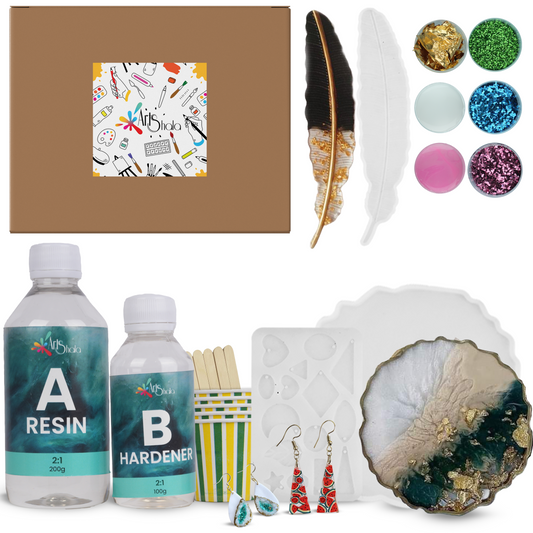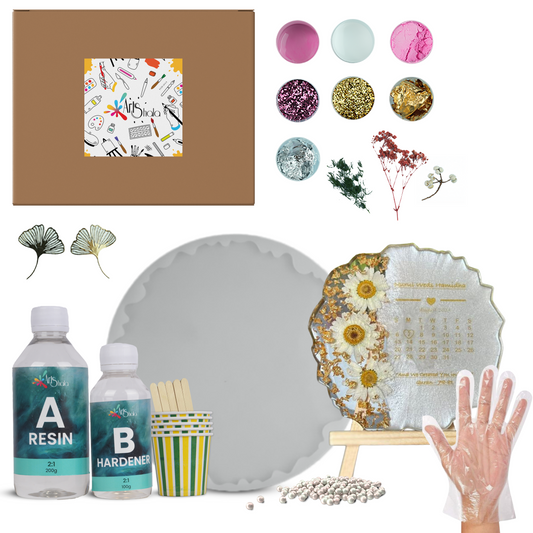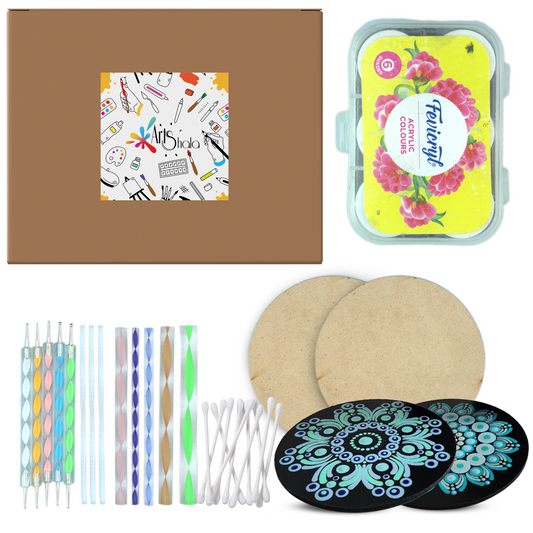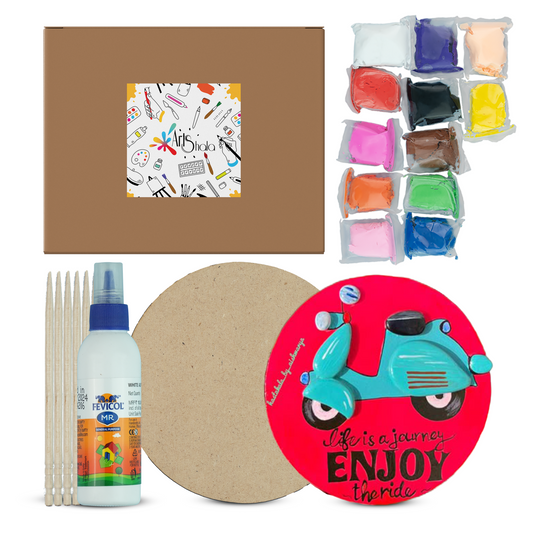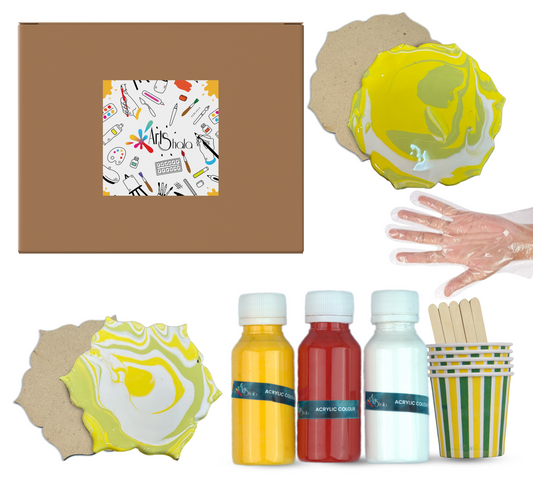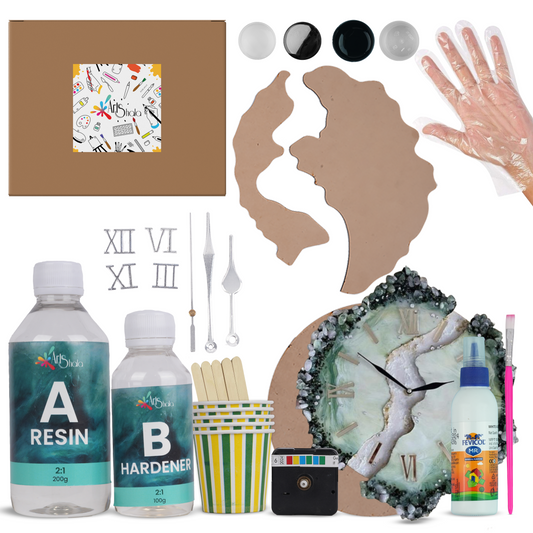Should You Blend Acrylic Paints with a Wet or Dry Brush?
When it comes to blending acrylic paints, artists often grapple with whether to use a wet or dry brush technique. Both methods have distinct advantages and can yield different results depending on the desired effect. This blog will discuss the nuances of blending acrylic paints with wet and dry brushes, helping you understand when and how to use each technique effectively. To learn more about such techniques, enrol in an acrylic painting workshop.
Understanding Acrylic Paints
Acrylic paints are water-based, fast-drying, and versatile, making them popular among artists. They can be used on various surfaces, including canvas, wood, and paper. One of the defining characteristics of acrylics is their quick drying time, which can be both an advantage and a challenge. While it allows for rapid layering and completion of artwork, it can also make blending colours more difficult if not managed properly.
The Basics of Blending
Blending in painting refers to smoothly transitioning from one colour to another. This can create depth, dimension, and realism in artwork. In acrylic painting, blending can be achieved through two primary methods: using a wet brush and a dry brush.
Wet Brush Technique for Blending Acrylic Paints
The wet brush technique involves using a brush that is either dampened with water or loaded with paint. This approach allows smoother transitions between colours and is particularly effective for creating soft gradients and blends.
How to Use a Wet Brush?
-
Prepare Your Canvas: Start with a damp canvas. You can lightly spray it with water or use a wet brush to apply a thin layer of water. This keeps the paint workable for longer.
-
Load Your Brush: Dip the brush into the colour, ensuring it's well-coated but not overloaded. Too much paint can lead to streaks instead of blends.
-
Apply the Paint: Use smooth strokes to apply the paint to the canvas. You can overlap colours to initiate blending.
-
Blend While Wet: While the paint is still wet, use a clean, damp brush to mix the colours gently. Use circular or back-and-forth motions to create a seamless transition.
-
Add Layers: To deepen the colours, allow the first layer to dry slightly before adding more paint. This technique helps maintain vibrancy without muddying the colours.
Advantages of the Wet Brush Technique
-
Smooth Transitions: The wet brush technique allows for seamless blending, making it ideal for creating soft gradients like skies or skin tones.
-
Versatility: It can be used for various subjects, from landscapes to portraits, enhancing the overall realism of the artwork.
-
Time to Work: The moisture in the paint gives artists more time to manipulate and blend colours before they dry.
Dry Brush Technique for Blending Acrylic Paints
In contrast, the dry brush involves using a brush with little to no moisture. This method creates a more textured and defined look, ideal for adding details and highlights.
How to Use a Dry Brush?
-
Select Your Brush: Choose a stiff-bristled brush or a brush specifically designed for dry brushing. The bristles should be clean and dry.
-
Load the Brush: Dip it into the colour, then remove excess paint by wiping it on a paper towel. The goal is enough paint to create a subtle effect without saturating the canvas.
-
Apply to Canvas: Lightly drag the brush across the surface, allowing the bristles to catch on the canvas's texture. This will create a rough, textured look.
-
Layering for Depth: You can layer different colours using the dry brush technique for more depth. This works well for creating highlights or adding texture to elements like fur or foliage.
Advantages of the Dry Brush Technique
-
Texture and Detail: The dry brush technique is excellent for adding fine details and textures, making it suitable for realistic representations of materials like fur, grass, or bark.
-
Controlled Application: This method provides more control over how much paint is applied, allowing for intricate work without overwhelming the canvas.
-
Quick Application: It can be a faster method for achieving certain effects, especially when working on textured surfaces.
Choosing Between Wet and Dry Brush Techniques
The choice between utilising a wet or dry brush largely depends on the desired outcome of your artwork. Here are some factors to consider:
Subject Matter
-
Smooth Blends: The wet brush technique is preferable for subjects requiring smooth transitions, such as skies or skin.
-
Textured Effects: The dry brush technique is more effective for subjects that benefit from texture, like landscapes or animal fur.
Desired Finish
-
Soft and Fluid: If you want a soft, fluid look, use the wet brush method.
-
Rough and Defined: If you want a more defined, textured appearance, use the dry brush technique.
Working Time
-
Quick Drying: The wet brush technique is advantageous if you're working quickly and need to blend before the paint dries.
-
Layering and Detail: The dry brush technique allows for more control if you prefer to build up layers and add details gradually.
Tips for Effective Blending of Acrylic Paints
-
Experiment: Don’t hesitate to try both techniques on scrap paper to see which works best for your style and the specific project.
-
Maintain Brush Hygiene: Clean your brushes thoroughly between uses, especially when switching between wet and dry techniques.
-
Use Quality Paints: Higher-quality acrylic paints often blend better than cheaper alternatives, providing richer colours and smoother transitions.
-
Consider the Surface: The texture of your canvas can impact blending. A smoother surface may yield different results than a textured one.
-
Practice Patience: Allow layers to dry when needed, and don’t rush the blending process. Taking your time can lead to more refined results.
Conclusion
Blending acrylic paints with a wet or dry brush technique can significantly influence the outcome of your artwork. Comprehending the strengths and applications of each technique allows artists to make better choices based on their creative vision. Whether you prefer the smooth transitions of a wet brush or the textured effects of a dry brush, mastering these techniques will enhance your acrylic painting skills and lead to more dynamic and engaging artwork. Experiment with both methods and don't shy away from combining them to discover new possibilities in your artistic journey. Contact Us to learn more about this art form or visit Arts Shala’s website.



